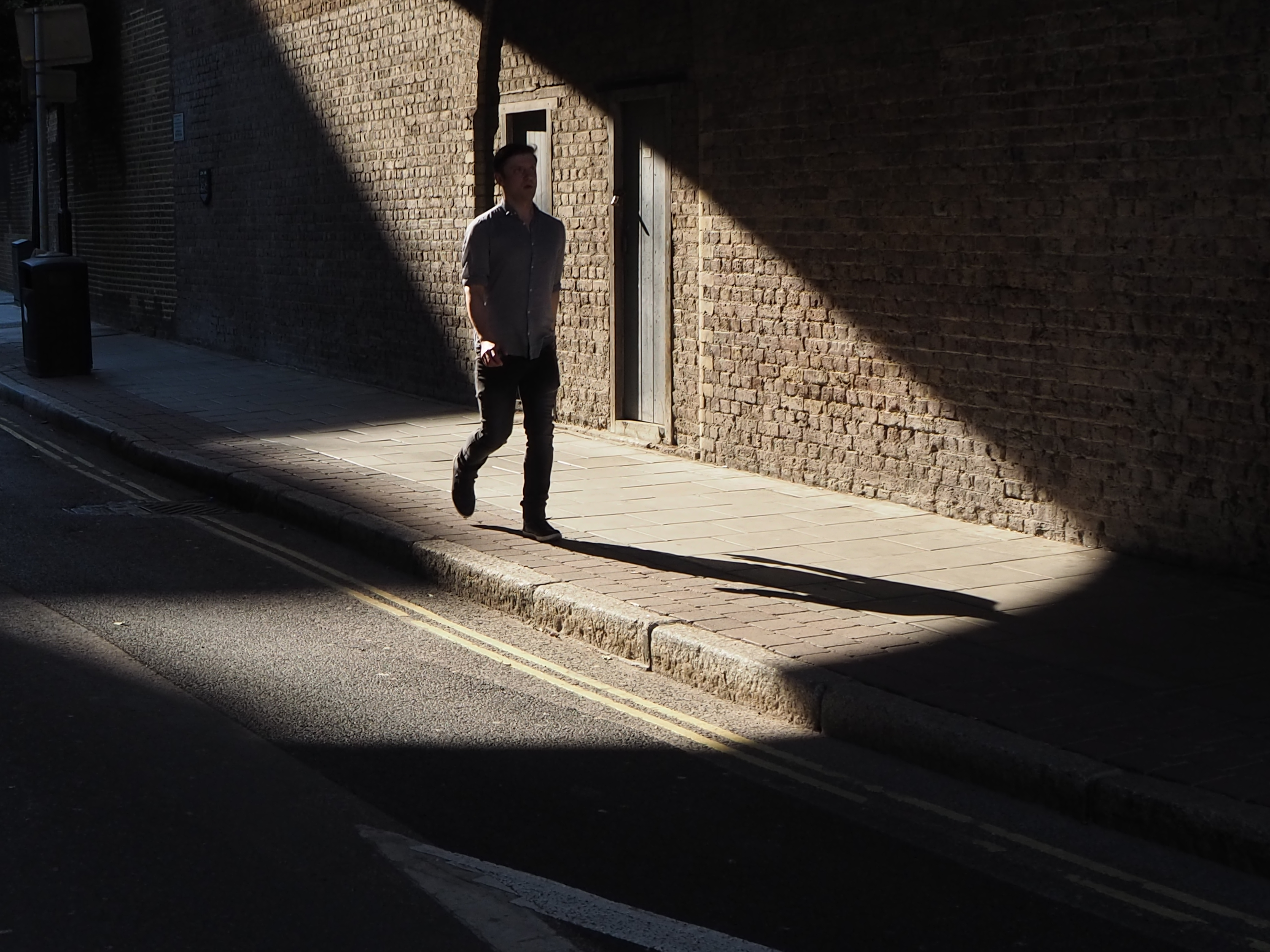Why you can trust TechRadar
Performance
- Fast startup time
- Fast autofocus, smooth and progressive for video
- Effective and reliable image stabilisation
The E-PL9 starts up quickly, focuses in an instant and generally feels very responsive. The autofocus does slow down a little in dim indoor lighting, but not to the point where it becomes a real nuisance.
Olympus’s 3-axis in-body stabilization is a real boon. Because it’s built into the camera, it works with all of Olympus’s lenses. It also gives a stabilized image on the LCD screen when you’re composing pictures and definitely increases your ‘hit rate’ of sharp shots when you’re taking pictures in low light – in restaurants, for example, museums and other dimly lit interiors. There is a pop-up flash, but the light from these is weak and harsh and you’re almost always better off using the available light where possible.
The stabilization helps a lot with movies, too, when there’s no time to mess around with tripods or other camera supports. It’s not going to give you a perfectly stable shot if you insist on walking and filming at the same time, but it will smooth out the jitters when you have to capture a video clip handheld.
Image quality
- Great all-round image quality
- Surprisingly good at high ISOs
- 16 megapixels is less than rivals
The E-PL9 does have a somewhat smaller sensor than rival mirrorless cameras from Canon and Fujifilm, and the resolution is lower too at 16MP rather than the 24MP of some rivals.
However, 16 megapixels is still enough for very sharp, detailed images that can also be blown up to a decent size for prints, and are easily enough for any kind of social sharing or online use.
Technically, the smaller Micro Four Thirds sensor should mean a slight drop in quality compared to APS-C cameras, but there’s not much evidence of this in the E-PL9’s picture quality, which is very good at low-medium settings and better at high ISOs than you might expect from a Micro Four Thirds camera. Detail does start to drop away by the time you get to ISO3200 and ISO6400 is probably about as high as you’d want to go before softness and noise become too obtrusive, but this is a really good performance for a camera of this type.

Click here to see the full-size image

Click here to see the full-size image

Click here to see the full-size image

Click here to see the full-size image

Click here to see the full-size image

Click here to see the full-size image
In our tests, we rarely needed to apply any exposure compensation, the auto white balance produced attractive, natural looking results in a variety of conditions and the colour rendition is great.
If you do want to add a bit of pizzazz to your images, you can swap to the E-PL9’s Art Filters, and the new Bleach Bypass and Instant Film filters are especially good. On most cameras, the effects filters are pretty poor, but these are very good indeed and rival the results you’d get from a dedicated photo app or a good image effects plug-in.
Sign up for breaking news, reviews, opinion, top tech deals, and more.
Current page: Performance and image quality
Prev Page Build, handling and AF Next Page Verdict and competition
Rod is an independent photographer and photography journalist with more than 30 years' experience. He's previously worked as Head of Testing for Future’s photography magazines, including Digital Camera, N-Photo, PhotoPlus, Professional Photography, Photography Week and Practical Photoshop, and as Reviews Editor on Digital Camera World.
